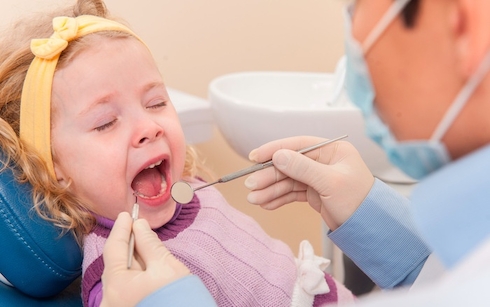Three Facts about how the Image Gently Campaign affects dental practices

Since 2007, the Image Gently Alliance — a group of health care organizations dedicated to safety in pediatric imaging — has been working to educate practitioners about the importance of “child-sizing” radiation doses for pediatric patients. Here are three recommendations from the campaign you may not have known about:
- If you use dental film, you should be sticking to E-speed, F-speed, or E-F-speed. D-speed film has an average exposure of about 260 mR, which is much higher than needed. E-, F- and E-F-speed films can obtain an image quality similar to D-speed — without the extra radiation. When you’re trying to limit exposure for children, digital radiography still beats out any form of film, with doses in the range of 50 to 75 mR.
- While circular collimation devices are the most widely available instruments in dentistry, rectangular collimation devices are much safer for children. Circular collimation doubles children’s radiation exposure, compared to rectangular. The challenge, of course, is ensuring that you are able to obtain a clear image the first time you use a rectangular device; if you need to double expose the patient, it defeats the purpose of the lower dosage.
- The campaign encourages the use of dosimetry badges to monitor the amount of exposure a dental assistant, hygienist or dentist receive. Devices such as the Instadose+ dosimeter badge are especially useful because they digitally measure radiation doses and those measurements can immediately be downloaded onto a computer, tablet or smartphone and provide instant feedback.
The Food and Drug Administration (FDA) recently issued guidance that imaging professionals should use the lowest radiation dose needed for children. The message from the FDA and the Image Gently Campaign is clear: Ensuring the safety of children is a top priority.